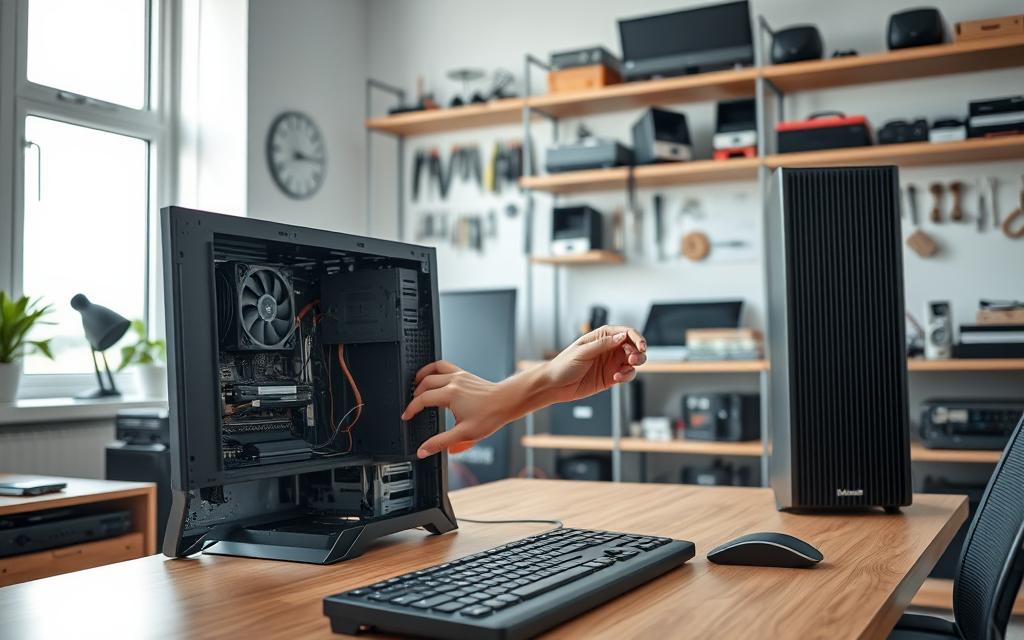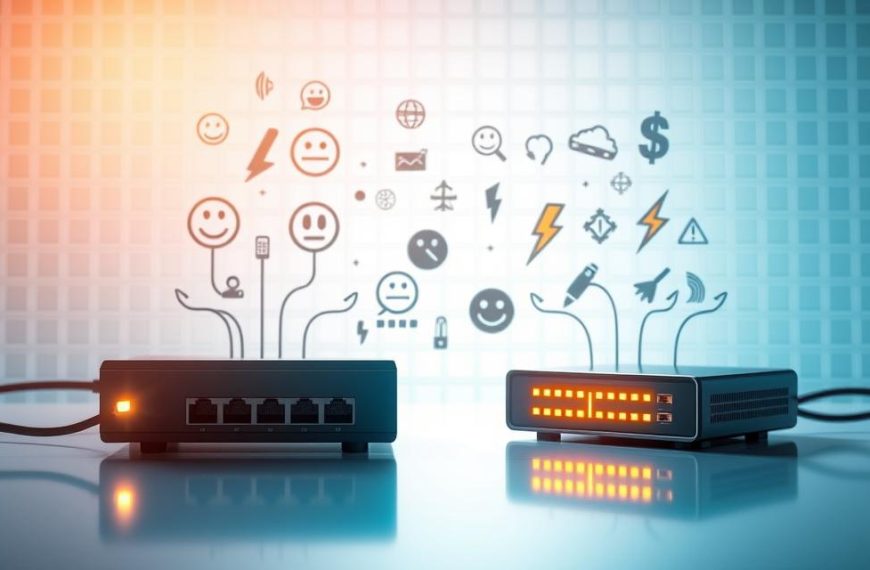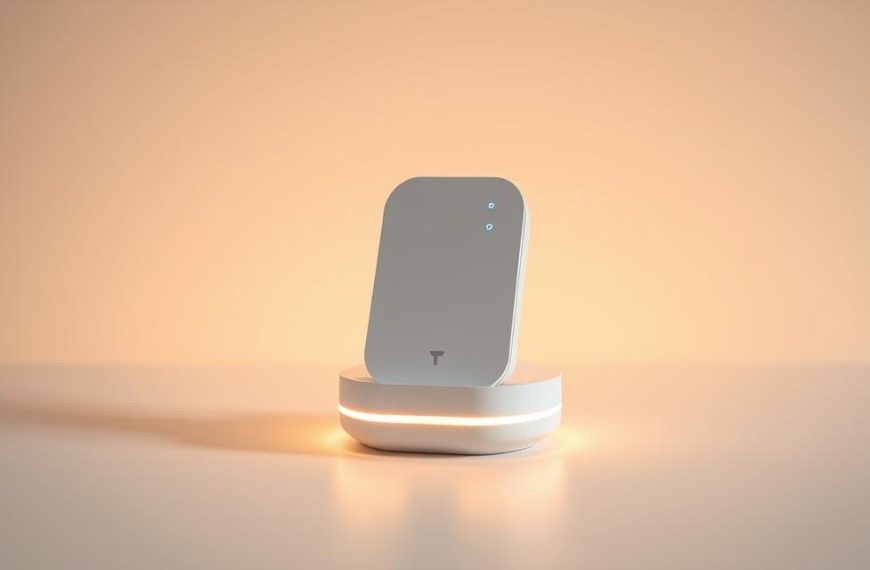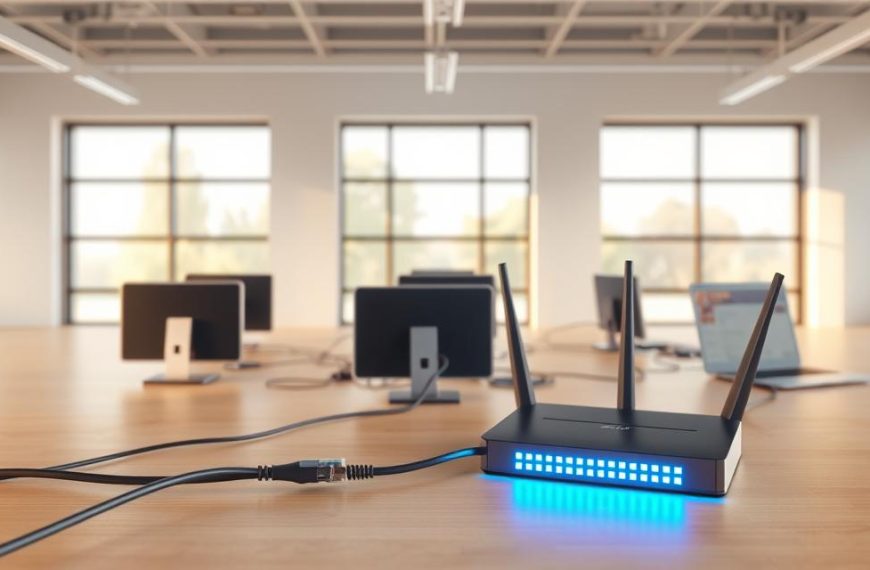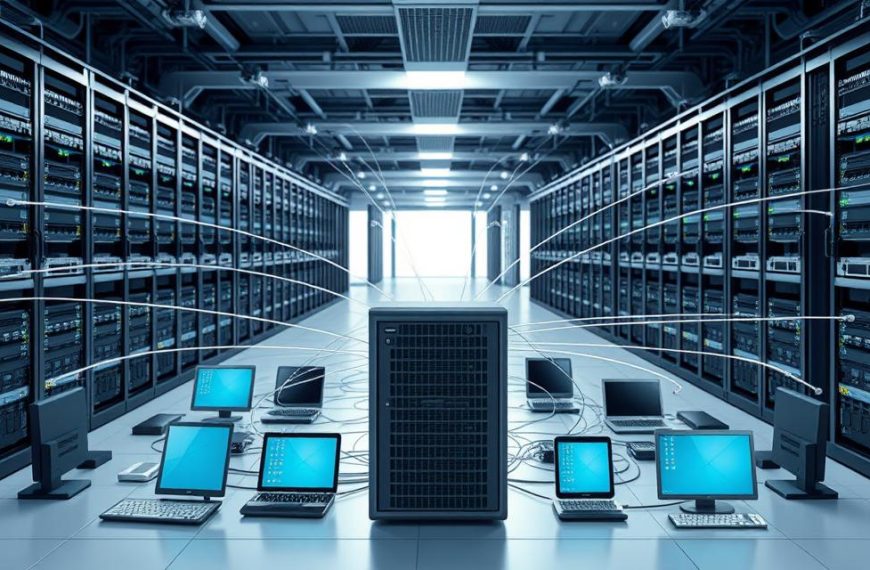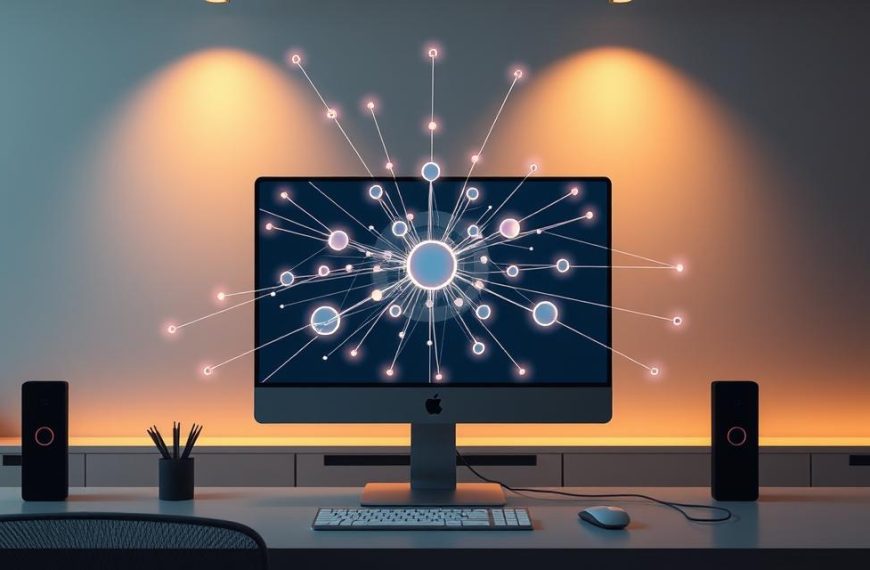In our digital world, computers link us to everything important. They range from sleek laptops to powerful desktops. These devices keep our lives running smoothly.
Regular system upkeep keeps your devices running well. Proper computer maintenance stops problems like slow systems and overheating parts.
Good network care is key to IT management. It makes your equipment last longer and work better every day.
Smart performance optimisation makes your tech reliable for years. Taking care of it now saves you money later.
Understanding System Maintenance Fundamentals
Many computer owners wonder why their devices slow down or fail. The answer often lies in neglecting basic maintenance basics that keep your system healthy and fast.
Proper computer maintenance turns your device into a long-term investment. While computers can last three to eight years with care, neglect can shorten this time.
https://www.youtube.com/watch?v=mkdW4FKAOX4
Preventive care is key to managing your system well. This approach tackles problems before they become big issues, saving you time and money.
Regular maintenance offers many benefits:
- Extended hardware lifespan beyond typical expectations
- Consistent performance without gradual degradation
- Reduced risk of sudden system failures
- Enhanced security against malware and viruses
Regular upkeep and system reliability are closely linked. Simple routine checks keep your computer running smoothly and efficiently.
Effective maintenance covers three main areas:
- Physical cleaning to prevent dust buildup and overheating
- Software updates to patch vulnerabilities and improve functionality
- Malware protection to safeguard your data and privacy
Knowing these system fundamentals is the first step. It helps you make informed decisions about your computer’s care, not just react to problems.
Remember, maintenance is about preventing problems, not just fixing them. This proactive approach is at the heart of good computer care.
Essential Hardware Maintenance Procedures
Keeping your computer in top shape means cleaning, managing heat, and checking parts regularly. These steps help your computer last longer and work better.
Proper Cleaning Techniques for Computer Components
Regular hardware cleaning stops dust from building up. This stops overheating and damage. Start with the outside, like keyboards and mice, using the right cleaners and soft cloths.
For inside parts, use special air cans. Hold it right and spray short bursts to clear dust from fans and circuits. Don’t use regular vacuum cleaners as they can harm your computer.
Stay away from liquids on internal parts. If you must, use a little isopropyl alcohol on cotton swabs for tough spots. Always turn off and unplug before cleaning inside your computer.
Thermal Management and Cooling System Care
Good thermal management keeps parts cool. Overheating is a big reason for computer problems.
Keep your computer’s cooling systems clean. Check fans and heat sinks often. If you use your computer a lot or it’s hot, think about better cooling.
Use software like HWMonitor to watch temperatures. Safe ranges are:
- CPU: 40-70°C under load
- GPU: 60-85°C under load
- Hard drives: 30-45°C
Component Inspection and Replacement Schedules
Check your computer’s parts often to catch problems early. Look every three to six months for:
- Bulging or leaking capacitors
- Corrosion on connectors
- Worn fan bearings
- Cracked heat sink mounts
Change parts when needed, as the maker suggests. Some parts, like fans and batteries, need replacing more often.
| Component | Recommended Replacement | Warning Signs |
|---|---|---|
| CMOS Battery | 3-5 years | System clock reset, BIOS settings lost |
| Cooling Fans | 2-4 years | Increased noise, reduced airflow |
| Thermal Paste | 1-2 years | Rising temperatures under load |
| Power Supply | 5-7 years | Random shutdowns, voltage fluctuations |
Keep track of when you installed parts and how they’re doing. This helps you know when to replace them before they fail.
Software Maintenance and Optimisation
Hardware maintenance keeps your physical parts working well. Software maintenance keeps your digital world running smoothly. It stops your system from slowing down and keeps it safe from threats.
Operating System Updates and Patch Management
Regular updates protect your system from threats and keep it running well. Modern operating systems, like Windows, update automatically. This stops security problems and keeps your system fast.
Turn on automatic updates in Windows Update to get security patches quickly. These updates fix holes that hackers might use. Also, check for updates manually to cover everything.
Managing patches isn’t just for the operating system. It also includes drivers and firmware. Old drivers can slow down your hardware. Update drivers every month from the manufacturer’s website.
Storage Management and Disk Optimisation
Good storage management makes your system faster and more efficient. Regular maintenance stops files from getting scattered and frees up space.
Windows has tools to clean up storage. Use these tools every month to get rid of temporary files and free up space. This makes your system run better.
Optimising disks is different for hard drives and solid-state drives. Hard drives need defragmenting to run fast, but SSDs don’t. SSDs should use TRIM commands instead.
| Storage Type | Optimisation Method | Recommended Frequency | Performance Impact |
|---|---|---|---|
| Hard Disk Drive (HDD) | Defragmentation | Monthly | Significant speed improvement |
| Solid State Drive (SSD) | TRIM Command | Automatic | Maintains write performance |
| Both Drive Types | Disk Cleanup | Monthly | Frees storage space |
Application Management and Uninstallation
Managing apps well keeps your system safe and fast. Unused programs waste resources and can be risky.
Check your apps every month and remove what you don’t need. Watch out for trialware and bundled software that installs without asking. Use the Control Panel or uninstallers to remove apps properly.
Too many apps running in the background can slow you down. Use Task Manager to control what starts up. This makes your system faster and uses less resources.
When picking apps, think about how they affect your system. Choose light apps and only keep what you really need. This makes your computer run better and keeps it safe.
How to Maintain Computer System and Network Security
Keeping your digital world safe needs ongoing effort. A strong defence has many layers. This part talks about key steps to keep your systems and networks safe.
Antivirus and Anti-malware Solutions
Antivirus protection is key to digital safety. Today’s tools scan in real-time and spot threats fast. Windows Security is built-in for Microsoft users, while other options add extra features.
Keeping your software up-to-date is vital. Set up weekly scans to catch any malware. Here are top tips for malware prevention:
- Enable automatic definition updates
- Perform full system scans weekly
- Configure real-time protection settings
- Review scan reports for suspicious activity
Firewall Configuration and Network Protection
A well-set firewall is a strong defence against threats. Both software and hardware firewalls need updates. Check your firewall rules every three months to make sure they fit your needs.
Network safety goes beyond just firewalls. Add these extra steps:
- Enable intrusion detection systems
- Configure network segmentation where possible
- Monitor inbound and outbound traffic patterns
- Update firewall firmware regularly
“Security is not a product, but a process. It requires constant vigilance and adaptation to emerging threats.”
Regular Security Audits and Password Management
Regular security audits find weaknesses before they’re used. Look at system settings, user permissions, and access controls. Do a full review at least twice a year.
Good password security stops unwanted access. Use strong passwords and follow these tips:
| Password Aspect | Recommended Practice | Frequency |
|---|---|---|
| Complexity | Minimum 12 characters with mixed types | At creation |
| Rotation | Change critical system passwords | Every 90 days |
| Storage | Use encrypted password managers | Continuous |
| Authentication | Enable multi-factor where available | Immediate |
Security upkeep is a continuous task. Use both automated tools and manual checks for full protection. Keep up with new threats and adjust your plans as needed.
Network Infrastructure Maintenance
Keeping your network in top shape is key for reliable internet and smooth device performance. It’s important to look after your routers, modems, and wireless systems. This stops problems with connecting and keeps your network safe.
Router and Modem Best Practices
It’s vital to keep your router and modem in good condition. Make sure their software is up to date. This brings new security features and boosts performance.
Place your router in a central spot with air flowing around it. Avoid putting it near things that can mess with signals, like microwaves. This helps your signal stay strong.
Change the default password right after setting up. Use strong, unique passwords to keep your network safe. Also, check what devices are connected to your network regularly.
Wi-Fi Network Optimisation Strategies
Start by choosing the right Wi-Fi channel. Use tools to find the least busy channels in your area. This cuts down on interference from other networks.
For big homes, think about using mesh networks or range extenders. They get rid of dead spots and keep your Wi-Fi strong everywhere. Place your access points well to spread the signal evenly.
Use quality of service (QoS) settings to make sure important stuff gets enough bandwidth. This means video calls and streaming work well, even when you’re downloading in the background.
Network Performance Monitoring Tools
Professional tools give you real-time info on your network’s health. They track how much bandwidth you’re using, find slow spots, and warn you of any connection problems.
Many routers come with built-in monitoring tools. You can check them through the web interface. But, third-party apps offer more detailed info and history for a deeper look.
Do speed tests often to check your internet speed. Test at different times to spot any patterns or issues that need fixing.
| Monitoring Tool Type | Primary Function | Recommended Frequency |
|---|---|---|
| Bandwidth Monitors | Tracks data usage patterns | Continuous |
| Speed Test Applications | Measures connection speed | Weekly |
| Network Scanners | Identifies connected devices | Monthly |
| Signal Strength Analysers | Maps Wi-Fi coverage areas | Quarterly |
Managing your network well means keeping an eye on these things all the time. Regular checks stop most problems before they bother you or ruin your fun.
Data Protection and Backup Solutions
Your computer hardware can be replaced, but your personal information and digital memories can’t. It’s vital to protect your data from hardware failures, cyber threats, or accidental deletion. A good backup plan gives you peace of mind and keeps your business running smoothly.
Implementing Complete Backup Strategies
Just copying files now and then isn’t enough for data backup. The 3-2-1 rule is a good starting point: have three copies of your data, use two different storage types, and keep one offsite. This way, you’re covered against many failure scenarios.
Tools like Norton Cloud Backup make backups easy by doing them automatically. Key parts of a good backup plan include:
- Full system backups for disaster recovery
- Incremental backups for in-between major backups
- Versioning to keep multiple file versions
- Encryption for protecting sensitive data
Testing and Verifying Backup Integrity
Testing your backups is key to knowing they work when you need them. Many people find their backups are wrong or missing when it’s too late. Regular checks help avoid this problem and keep your backups reliable.
Try restoring sample files every quarter to a different place. Check if the files are complete, can be accessed, and are in good condition. Keep track of how you do this to spot areas for improvement.
“The only backup that counts is the one you’ve successfully restored from.”
Choosing the Right Backup Media
There are many storage options for backing up your data. Choose based on what you need, your budget, and how easy it is to use. Each type has its own role in a solid backup plan.
| Media Type | Best For | Limitations | Cost Efficiency |
|---|---|---|---|
| External Hard Drives | Large capacity local backups | Physical damage risk | High |
| Cloud Storage | Offsite accessibility | Internet dependency | Recurring fees |
| Network-Attached Storage | Multi-device environments | Network security concerns | Medium |
| Optical Media (Blu-ray) | Long-term archival | Limited capacity | Low |
Most people use a mix of local drives for quick access and cloud services for offsite safety. This mix offers both ease and strong protection against many threats.
System Performance Optimisation Techniques
To keep your system running smoothly, you need more than just basic care. Advanced techniques help your computer work faster and more smoothly. This means quicker responses and better performance in all your apps.
Startup and Background Process Management
Managing what starts up when you turn on your computer is key. Many apps start automatically, using up resources right away.
Check your Task Manager’s startup tab to see what’s running. Disabling unnecessary apps can cut your boot time by up to 40%. Tools like Norton Utilities Ultimate can help keep your start-up tidy.
Keep an eye on what’s running in the background. Use your system’s activity monitor to find and stop apps that use a lot of resources but aren’t needed.
Memory and Resource Allocation Optimisation
Good memory management means your system focuses on what’s important. Modern operating systems have tools to show how much memory each app is using.
Change app priorities to give more resources to your favourites. This is really helpful for apps that need lots of power, like video editors.
Here are some tips for managing resources:
- Close apps you’re not using instead of minimising them
- Adjust your virtual memory settings for better performance
- Use tools to find and fix memory leaks
- Think about upgrading your hardware if you’re always running out of memory
Browser and Application Performance Tuning
Your browser’s performance affects your daily use. Keeping it clean and up-to-date makes browsing faster and uses less memory.
Clear your browser’s cache every week to save space and speed up web pages. Most browsers let you set up automatic cleaning.
Check and manage your browser extensions often. Each one uses memory and slows things down. Remove or disable unused extensions.
Adjust your browser settings for better performance. Turn off automatic image loading or reduce animations if you’re on slow internet or old hardware.
| Optimisation Technique | Primary Benefit | Recommended Frequency | Tools Required |
|---|---|---|---|
| Startup Programme Management | Faster boot times | Monthly review | Task Manager, System Utilities |
| Memory Allocation Adjustment | Improved application performance | As needed | Resource Monitor, System Settings |
| Browser Cache Cleaning | Faster browsing speed | Weekly | Browser Settings, Cleaning Tools |
| Extension Management | Reduced memory usage | Quarterly review | Browser Extension Manager |
Using these techniques makes your computer work better. Regular upkeep keeps your system fast and ready for your tasks.
Conclusion
Keeping your computer system and network in top shape is key. This summary shows how regular upkeep stops problems and keeps things running smoothly. By sticking to the best practices, you keep your system safe and efficient.
Make sure to care for both your computer’s hardware and software. Regular updates, clean-ups, and backups help your system last longer. Tools like Windows Update and Norton Antivirus also play a big role in keeping things running well.
By following these tips, you’ll have a hassle-free computing experience. Your hard work today will help keep your system running well for years to come. It also protects your important data from loss.

